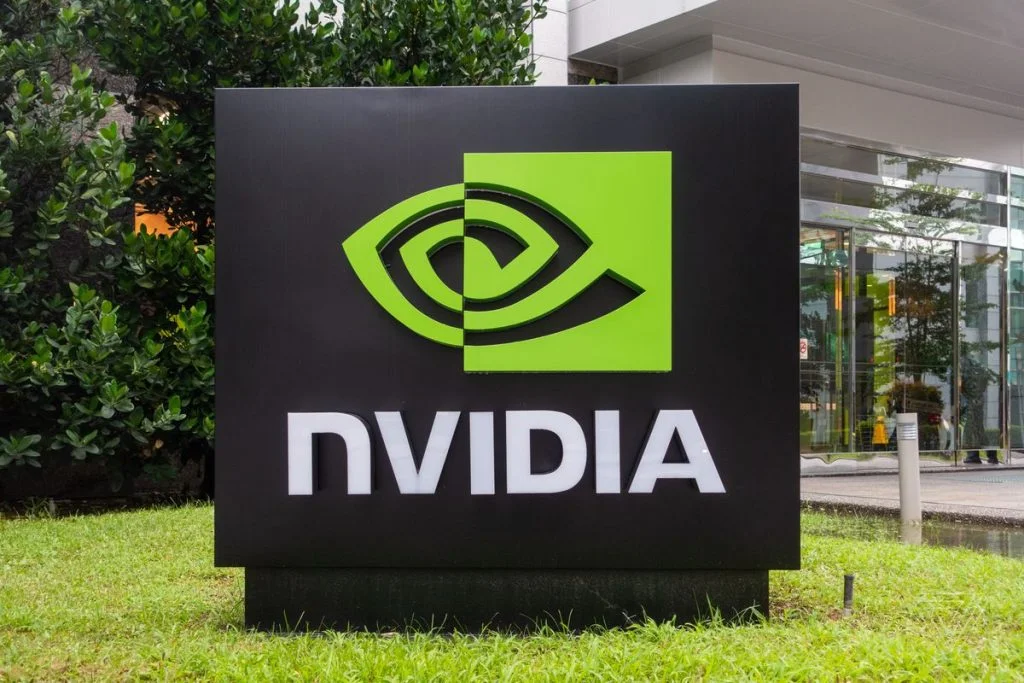Nvidia’s crypto-mining GPU line fell below predictions. The company expects a minimal contribution from its cryptocurrency mining processor sales moving forward.

The IT behemoth from California released its financial figures for the second fiscal quarter, which ended on August 1, 2021.
Sales of gaming, data centre, and professional visualization equipment boosted revenue to $6.51 billion, up 15% from the first quarter, and earnings to $1.04 billion, both boosted by gaming, data centre, and professional visualization equipment sales.
The gaming segment led the record rise with $3.06 billion in revenue, up 85 percent from last year, thanks to the addition of GeForce RTX 3080 Ti and RTX 3070 Ti.
Nvidia’s data centre business made $2.37 billion in revenue, while professional visualization products brought in $519 million. Nvidia reported that sales for the third fiscal quarter are expected to be $6.80 billion.
However, the earnings call indicated that one major area fell short of expectations. Nvidia CFO Colette Kress anticipated $400 million sales for the company’s cryptocurrency mining processor (CMP) line for Q2 during the first-quarter results call.
In the second fiscal quarter, Nvidia sold $266 million in CMPs, missing its target by a third. The CMP line debuted in February and generated $155 million in revenue in the first quarter.
Nvidia is having trouble managing supplies for its high-end graphics cards between avid gamers and crypto miners. Hash rate limiters were added to the company’s RTX 3060 series graphics cards to limit the units’ crypto-mining capability.
Nvidia said at the end of May that it would cut the Ethereum hash rate on its newly released GeForce RTX 3080, RTX 3070, and RTX 3060 Ti graphics cards.
The new cards, which are labelled “Lite Hash Rate,” are specifically designed to fulfil the needs of gamers rather than crypto miners.
According to Kress, the business’s recent measures to limit the hash rate of gaming graphics cards are aimed at ensuring ample chip supply for gamers, and the company currently expects a “limited contribution” from crypto-related revenues.
